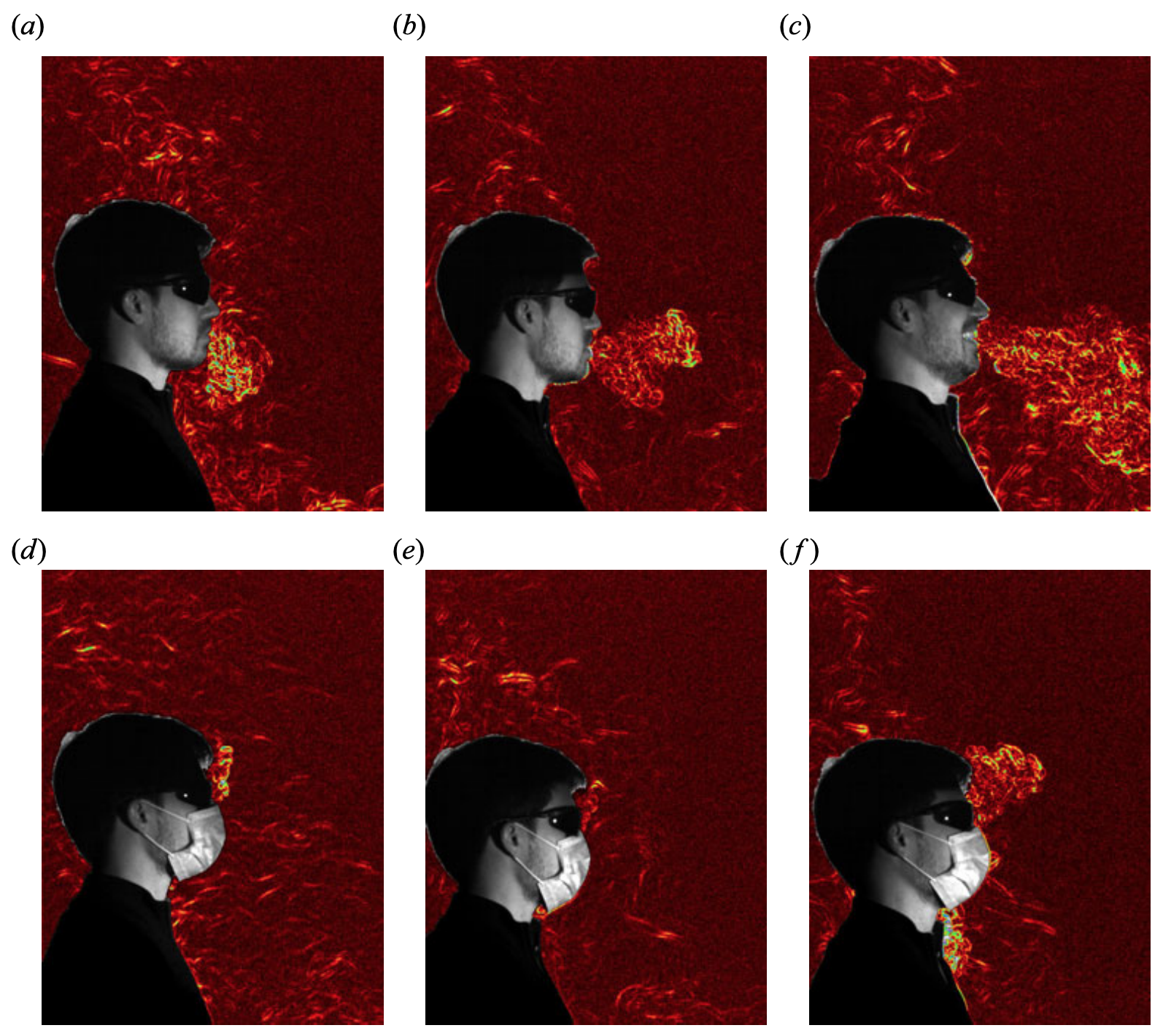Ventilating Classrooms for COVID Safety
November 04, 2020
Stuart Dalziel, a leading fluid mechanics scientist, has spent the last few weeks running between lecture halls on Cambridge University’s campus, performing experiments to see just how safe these classrooms are for in-person teaching. Using a fog machine to simulate a contagious person’s breath, and heated blankets to simulate the natural convection patterns from body heat, Dalziel’s experiments show in real time if the room is able to effectively extract contaminants without spreading them to others. Dalziel says that a smoke machine simulates approximately four infectious people in a room, while heated blankets are a stand-in for the body heat generated by a group of students.
Some lecture halls he has deemed unsafe to use, having observed that there is simply no way that the ventilation system could extract viral particles effectively. In other rooms, he has perched precariously on ladders and crawled under benches to make adjustments to vents and airflows. In one lecture theater, Dalziel noticed that the room exhausted air through vents behind the stage, meaning that the lecturer would be standing and breathing in all the viruses from the rest of the room. But with some duct tape and carefully placed deflectors, Dalziel was able to redirect much of the air to another extraction point high above the stage – making the room safe for professors and students.
Dalziel is part of a group of fluid mechanics researchers at Cambridge University who recently published a paper highlighting how certain ventilation systems can actually increase the spread of COVID-19 in indoor spaces. Since August, almost half of universities across the country have opted to maintain some form of in-person teaching, but this comes with risks. This new study shows how a classroom that feels well-ventilated and breezy could actually be the most dangerous place to be with an infectious person. Depending on the ventilation system in place, the slightest change in air flow could mean the difference between a room that is safe and a room that could spread infections in record time.
The best way to mitigate the risk of virus transmission is to better ventilate spaces and move airborne viruses away from people. This is how negative pressure hospital rooms are designed – to extract high volumes of air from inside the room, so that whatever viral material is in the air cannot escape the room. This is the ideal way to prevent the spread of viruses, but that isn’t how most buildings are designed. Most ventilation systems mix air around in the room, with the goal of evenly distributing fresh air. Paul Linden, a co-author on the study, observes, “if mixing systems are successful, then they mix and evenly disperse everything else in the air too, including any viruses. This is a problem if you’re trying to keep people away from the virus.” You may not be sitting next to anyone, but it may well be the contagious person sitting in the corner far away from everyone whose respiratory droplets will end up causing infections.
The best thing to do, Linden says, is to have a large supply of clean air to replace any air that people are breathing into – but because it is expensive and energy inefficient, most buildings aren’t set up like this. Despite the complex airflow modeling presented in the paper, the authors remark that indoor ventilation is not an exact science in practice, and even the most advanced mathematical fluid mechanical modeling cannot always predict how air in real-world buildings will circulate. Some rooms may have “dead spots,” where air simply does not move, while others may have ventilation systems that move potentially contaminated air back to occupants.
Rajesh Bhagat, the leading scientist on this paper, emphasizes that wearing masks indoors is the most important step to take – but not for the reasons we typically think of. Bhagat’s team found that regardless of ventilation, the most significant air movement in a room is caused by convection currents of warm air rising from each individual’s body heat. Each body generates a cone-like plume of air slowly rising to the ceiling level, where the warm air is usually extracted from the room. When occupants wear masks, their exhaled air is caught up in this plume and rises along with it. Bhagat points to these images that show how without masks, exhaled air from talking is carried by its momentum far away from the speaker, drastically increasing the possibility of viral transmission.
 All things considered, Bhagat warns against being too harsh on schools and organizations for seemingly ineffective or insufficient COVID mitigation guidelines. He points out that many of the ideal changes to make would be extremely costly and simply not feasible. “People in authority have looked at what we can achieve, and then considered what we can really achieve in a given time.”
All things considered, Bhagat warns against being too harsh on schools and organizations for seemingly ineffective or insufficient COVID mitigation guidelines. He points out that many of the ideal changes to make would be extremely costly and simply not feasible. “People in authority have looked at what we can achieve, and then considered what we can really achieve in a given time.”
This study was published in the Cambridge Journal of Fluid Mechanics on September 28, 2020.